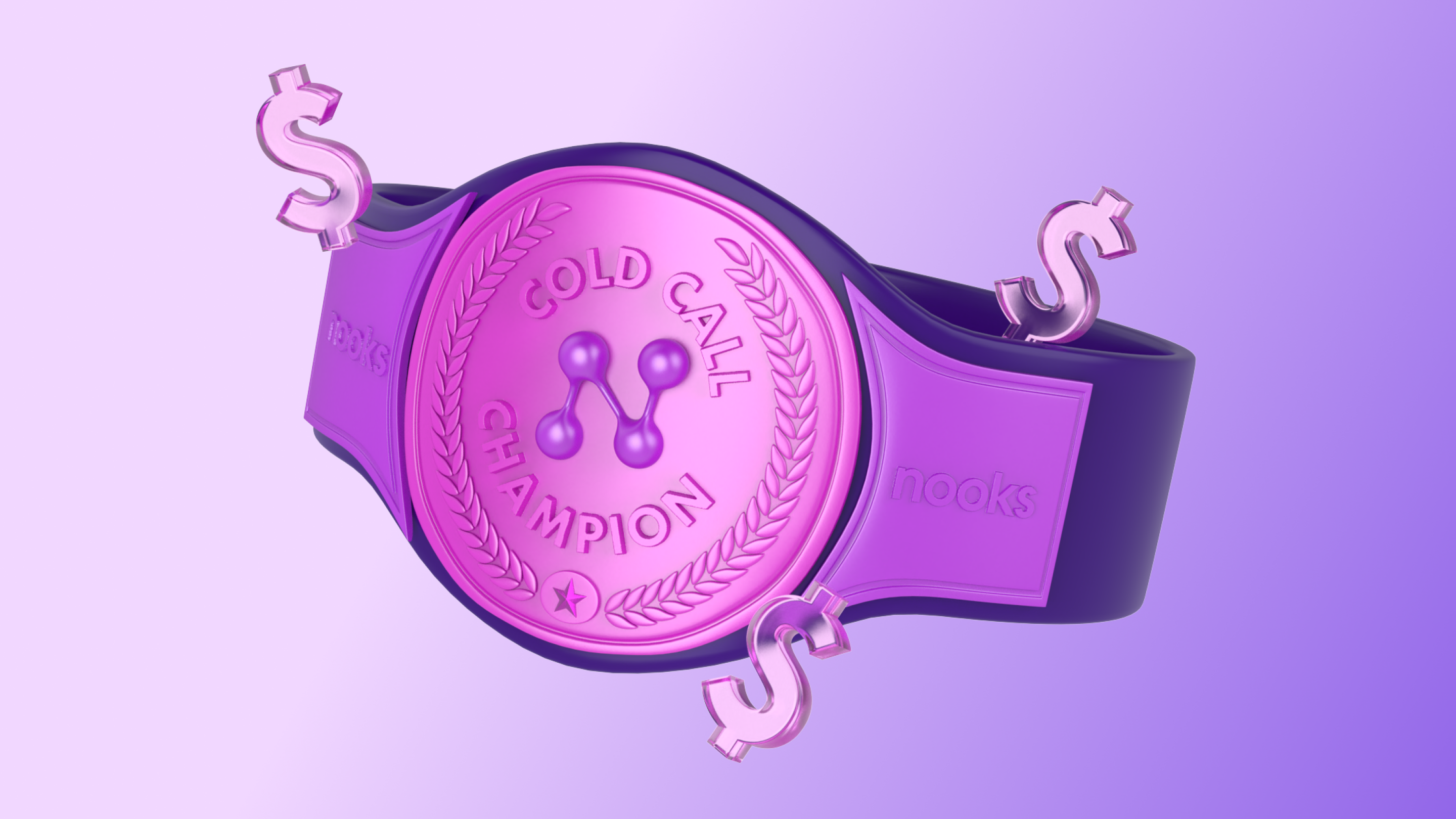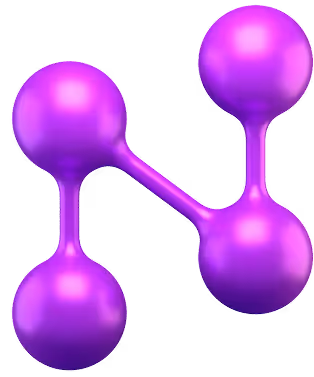How AI is Changing The Art and Science of Sales

%2520(1)%2520(1).avif)
Why Sales Is Different
AI excels at predictable problems. Think of autonomous vehicles or customer support. The goal is clear, the inputs are structured, the output is well-defined, and the end-user is seeking the output.
Not in sales.
In sales, the “buyer” often isn’t actively trying to buy. They're busy, distracted, and flooded with outreach. Your message isn’t requested – it's competing for attention. And when something starts working in sales, it just as quickly stops working. Buyers adapt. Strategies wear out.
This is what makes sales uniquely human. Success isn’t just about saying the right words – it’s about building trust, creating value, and reading the room. It’s why the best salespeople rely as much on intuition and creativity as they do on data.
And because of that, I’m confident sales will be one of the last jobs to be fully automated.
The Division of Labor: Art vs. Science
AI will dominate the science of sales – the parts that involve data, pattern recognition, and repeatable workflows.
Humans will remain the masters of the art – navigating ambiguity, forging relationships, and being creative.
Sales jobs already reflect this balance.
.avif)
Why SDRs Are on the Frontlines of Change
There are roughly 3 million inside sales reps in the U.S., split across two main roles:
- SDRs (Sales Development Reps): responsible for sourcing pipeline
- AEs (Account Executives): responsible for closing deals
Sourcing prospects has traditionally been low-leverage and high-effort. Researching accounts, writing emails, making dials – it’s mostly manual work, and 90% of it happens without ever talking to a buyer.
Closing, by contrast, is high-leverage and human. It requires judgment, empathy, and experience. That’s why we don’t ask top AEs to spend all day writing outbound emails.
But with AI, this dynamic is shifting. The sourcing job is becoming 10x more efficient – not by making SDRs slightly better, but by reimagining the workflow entirely.
A Stack Built for the Past
Today’s sales tech stack wasn’t designed for an AI world.
The tools are fragmented – one for email, one for calling, one for coaching, one for CRM, and so on. They assume that humans are doing all the work, and the software is there to organize it.
That model doesn’t hold when AI can do most of the execution.
Worse, each tool holds a piece of context – but none of them talk to each other. The fragmented tech stack requires human glue. When a rep wants to write a follow-up email, they have to remember what was said on the last call. That makes sense when writing emails is manual. But when AI can write the email, the rep providing context becomes the bottleneck.
A New Model for Sales Strategy
Sales engagement platforms today operate on a top-down strategy. Sales leaders create templates and sequences based on intuition and a few hundred interactions.
But with AI, we can flip that.
Instead of guessing, we can analyze millions of interactions across your entire team – and learn which messages and actions actually drive results in specific scenarios. This is how AI becomes more than just a writing tool – it becomes a strategy engine.
.avif)
Why We’re Building Nooks This Way
At Nooks, we’re focused on the part of sales that has the most potential for leverage: generating pipeline.
Historically, sales tools have been 10-20% better than the next best option. With AI, we aim to make reps 10-100x more productive. That requires more than just AI features – it requires rethinking the entire workflow.
We take a human-led, AI-assisted approach.
That’s why we started with calling. It's the most human part of the job. It’s where conversations happen, trust is built, and AI can support – but not replace – the rep. Not to mention it’s illegal to robocall prospects in the U.S., so the calling channel has to keep the human in the loop.
As AI takes over research, writing, and analysis, reps will spend more time doing what they do best: talking to prospects, building relationships, and closing deals.
And that’s where we’ll help them become the best sellers they’ve ever been.


.png)
.avif)

